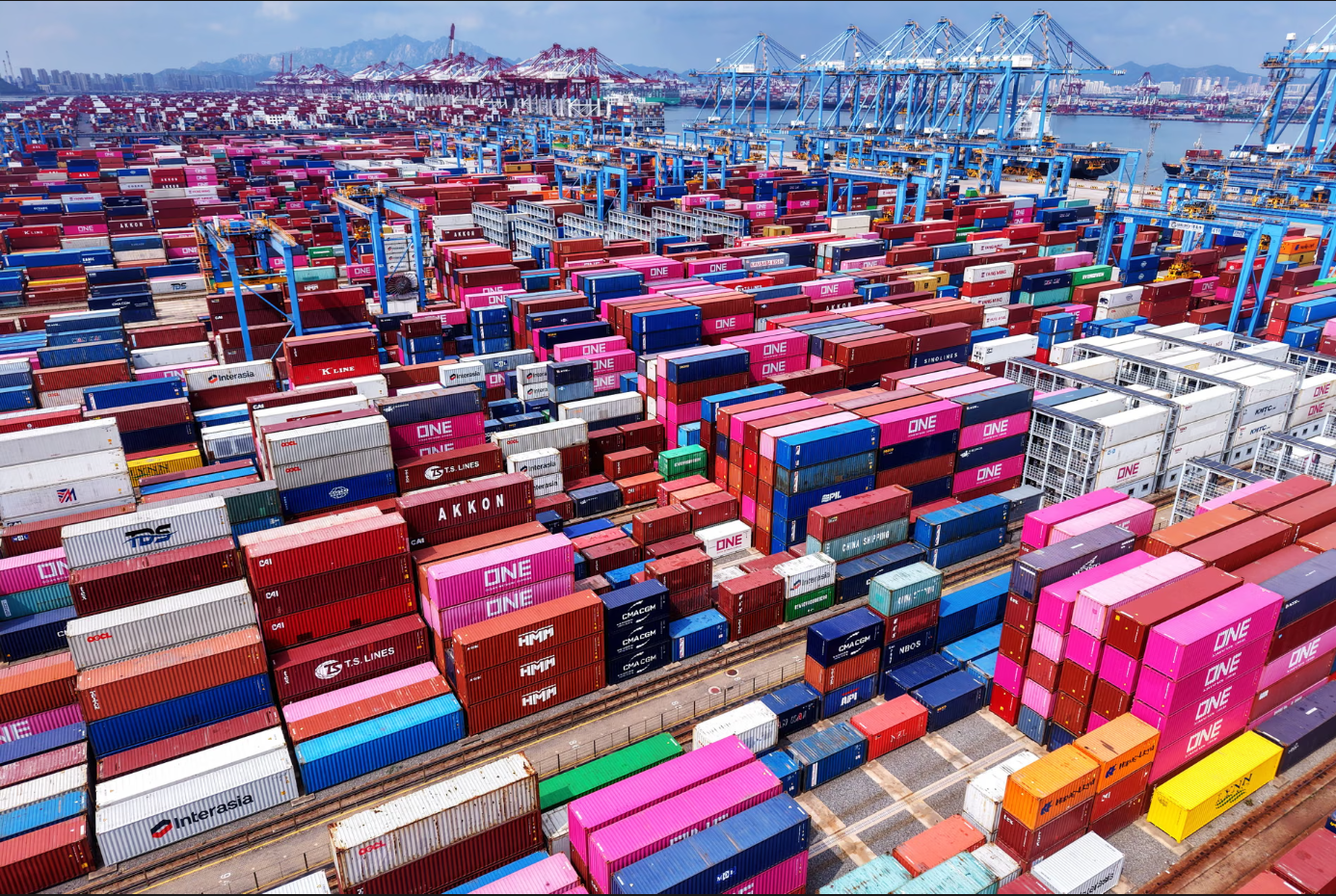The US-China trade war has been paused again after Donald Trump delayed imposing major new tariffs on China for another 90 days. The announcement came just hours before a previous agreement between the two economic giants was scheduled to expire.
On Monday, President Trump signed an executive order that extends the deadline for higher tariffs on China until November 10, officials confirmed to Reuters.
In response, China’s commerce ministry announced early Tuesday that it would also suspend its planned additional tariffs on US goods for 90 days. The ministry stated that existing tariffs on American products will remain at 10%, and it will take steps to address other trade barriers. China is also postponing the addition of US companies to its trade and investment restriction lists for the same 90-day period.
Earlier on Monday, Chinese officials had expressed their hope for “positive” trade outcomes. Foreign ministry spokesperson Lin Jian said, “We hope that the US will work with China to follow the important consensus reached… and strive for positive outcomes on the basis of equality, respect and mutual benefit.”
Both US and Chinese officials had anticipated the extension following the most recent trade talks in Stockholm last month. US Treasury Secretary Scott Bessent also expressed optimism last week, saying the US had “the makings” of a trade deal with China.
Failing to reach an agreement would have severe consequences. Trump had threatened tariffs on China as high as 245%, with China preparing retaliatory tariffs of 125%, risking an all-out trade war.
On Sunday, Trump posted on TruthSocial, urging China to quadruple its purchases of US soybeans to help reduce the trade deficit between the two nations.
Currently, US exports to China are subject to tariffs of about 30%. Imports from China face a baseline tariff of 10%, plus an additional 20% tariff linked to fentanyl smuggling allegations.
The Federal Reserve and many economists have warned that the tariffs will increase prices for US consumers. According to Goldman Sachs strategists, American consumers have absorbed 22% of tariff costs through June 2025, a share that could rise to 67% if recent tariff patterns continue.
Ahead of the deadline, chipmakers Nvidia and AMD agreed to pay the US government 15% of their revenue from advanced chips sold to China in return for export licenses.
Former US trade negotiator Stephen Olson told Bloomberg the deal represented “the monetization of US trade policy,” adding, “If that’s the case, we’ve entered into a new and dangerous world.”
Associated Press and Reuters contributed reporting.
